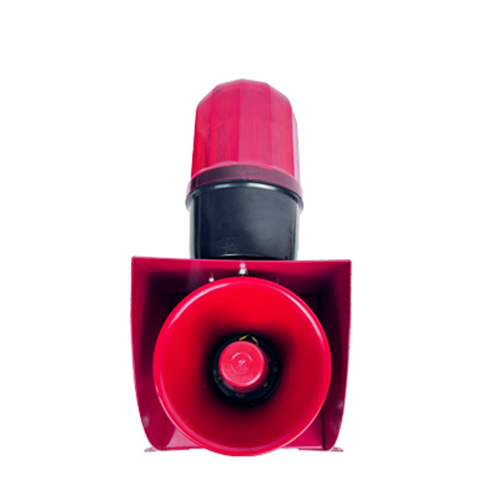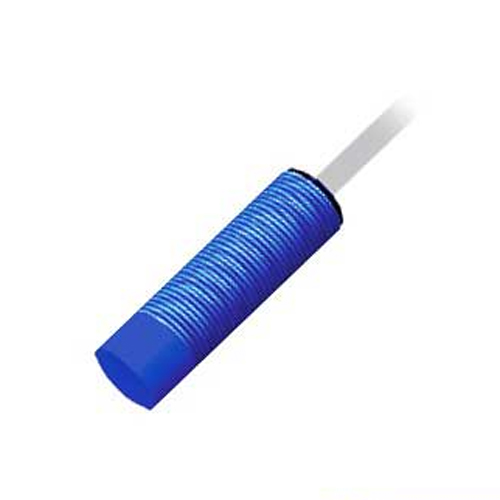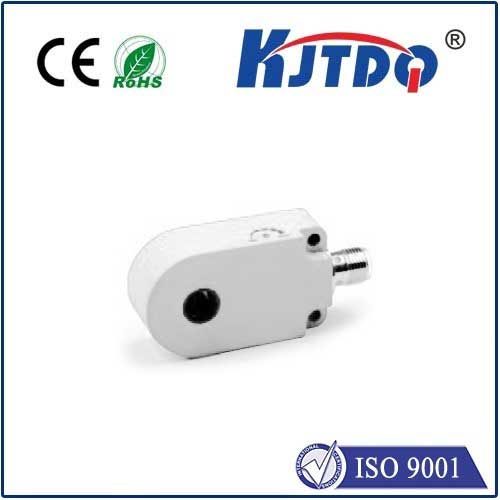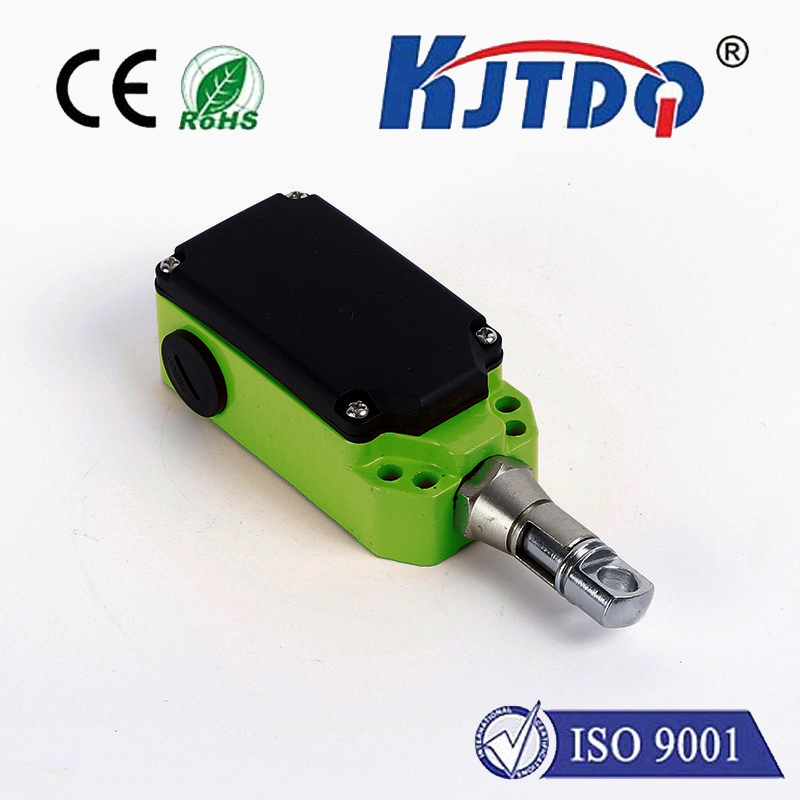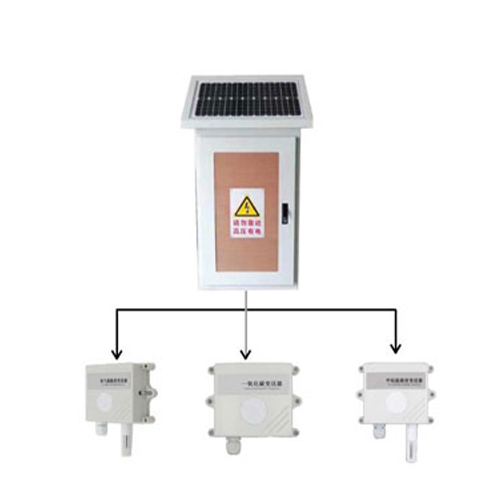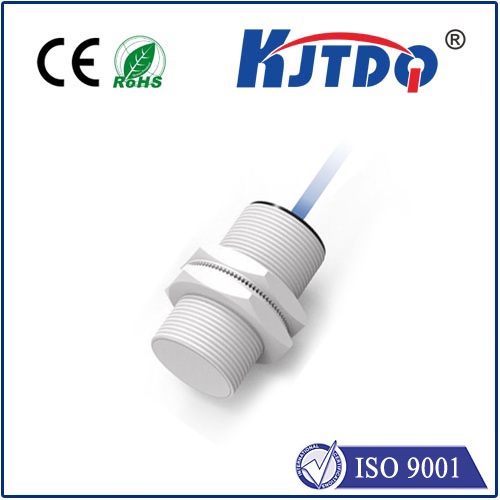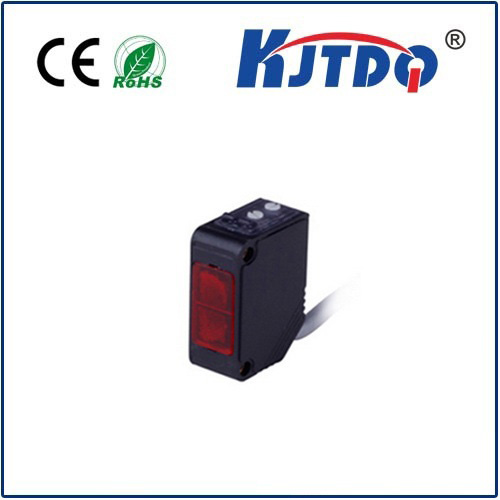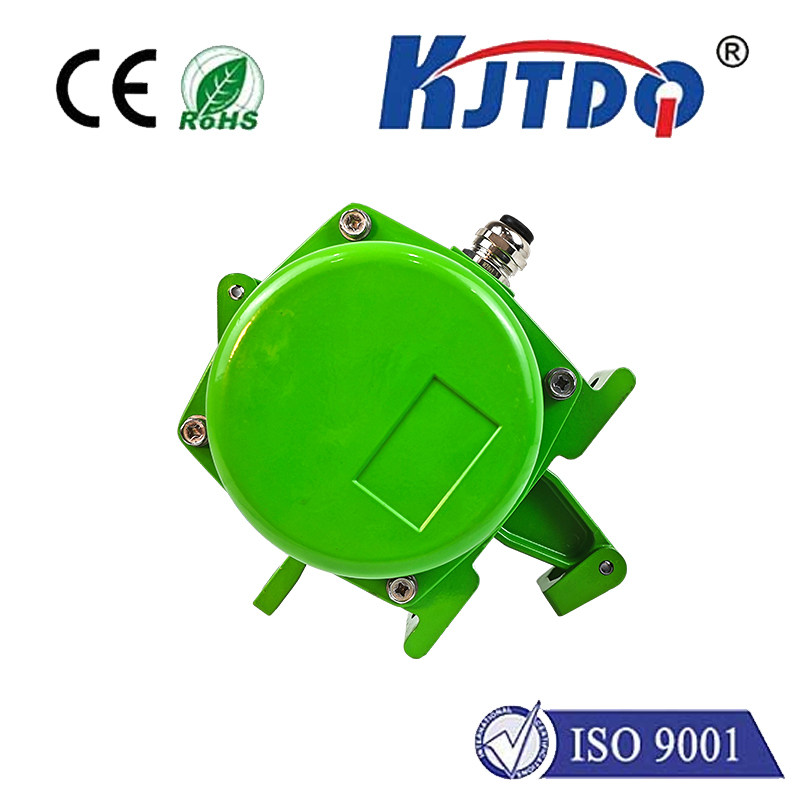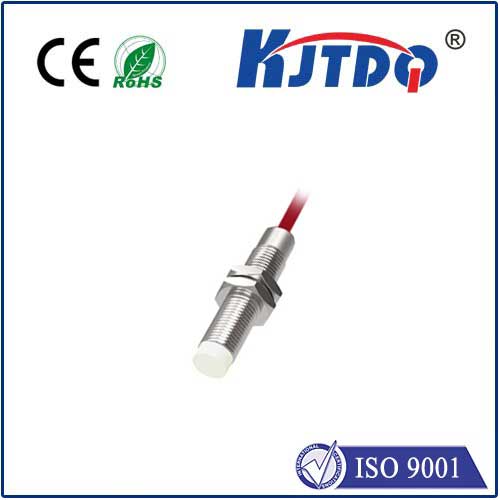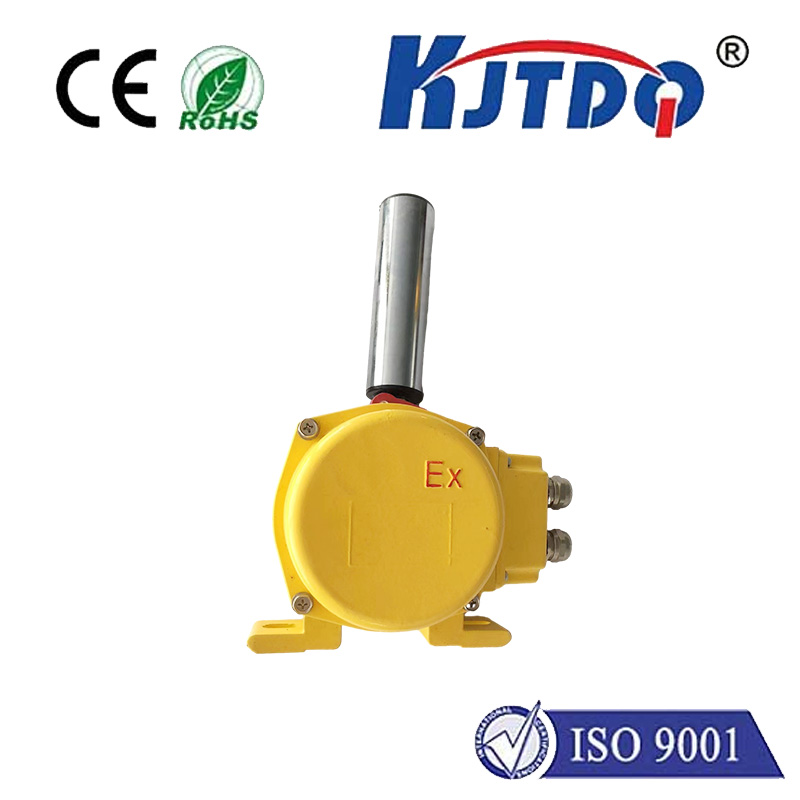Фотолучевой датчик
- time:2025-07-25 02:12:42
- Нажмите:0
The Unsung Guardian: How Photoelectric Beam Sensors Illuminate Automation & Safety
Title: Photoelectric Beam Sensors: Invisible Protection and Precision Detection
Imagine an invisible fence, not to contain, but to protect and inform. A silent sentinel that knows the instant something crosses its path, triggering actions without a whisper or touch. This isn’t science fiction; it’s the everyday magic of the Фотолучевой датчик. Often overlooked yet fundamentally crucial, these devices form the backbone of countless automated processes and safety systems, operating with remarkable precision and reliability. By harnessing the power of light, they provide a non-contact solution for detecting objects, people, or interruptions that would be impossible or impractical with mechanical switches.
The Guiding Light Principle: How They Work
At its core, a Фотолучевой датчик (often called a “light curtain” or “light barrier” in specific configurations) operates on a beautifully simple concept:
- Emitter: One unit generates a focused beam of light, typically infrared (IR) for immunity to ambient light, though visible red light is also common. Advanced sensors often use modulated infrared light to distinguish their signal from stray light sources.
- Receiver: A separate unit sits opposite the emitter, precisely aligned to receive the transmitted beam.
- Detection Logic: The receiver constantly monitors the intensity of the incoming light beam. When an object interrupts this beam, the light level reaching the receiver drops significantly.
- Signal Output: This change in light intensity is instantly processed by the receiver’s electronics. It then generates a switching output signal, usually a change in state (e.g., from ON to OFF, or OFF to ON).
This “beam interruption” method is the defining characteristic of through-beam photoelectric sensors, offering the longest sensing ranges and highest reliability due to the direct path between emitter and receiver. Unlike diffuse reflection sensors, which rely on bouncing light off the target, beam sensors excel at detecting virtually any opaque object, regardless of color, reflectivity, or material.

Where the Beam Shines Bright: Key Applications
The Фотоэлектрический датчик, particularly the beam configuration, finds indispensable roles across diverse industries:
- Промышленная автоматизация: The heartland of these sensors.
- Object Detection & Counting: Detecting products on conveyors, verifying part presence in assembly stations, counting items as they pass a point.
- Position Verification: Confirming the precise location of machinery parts, robotic arms, or pallets.
- Fill Level Control: Monitoring levels in bins or tanks by detecting when material interrupts a beam.
- Registration Marks: Precisely sensing marks on continuous webs (paper, film, foil) for accurate cutting, printing, or positioning.
- Packaging Machinery: Verifying flaps are closed, detecting case presence, ensuring sealing operations occur correctly.
- Safety Systems: Where reliability is non-negotiable.
- Safety Light Curtains: Perhaps the most critical application. These consist of multiple, closely spaced vertical beams creating an invisible protective screen around dangerous machinery (presses, robots, saws). If any beam within the defined area is broken by a person’s limb or body part, the system triggers an immediate emergency stop (E-Stop). This prevents serious injury and is governed by strict international safety standards (e.g., IEC 61496).
- Access Control: Monitoring entry/exit points through doorways or restricted zones.
- Perimeter Protection: Safeguarding hazardous areas like automated storage and retrieval systems (ASRS) aisles.
- Security: Adding an invisible layer of protection.
- Perimeter Intrusion Detection: Creating invisible barriers around property boundaries, windows, or hallways.
- Gate/Door Monitoring: Detecting when a gate or door is opened unexpectedly.
Why Choose the Beam? Essential Advantages
Choosing a Фотолучевой датчик offers compelling advantages over other sensing methods:
- Long Range Detection: Through-beam sensors achieve significantly longer operational ranges than diffuse or retro-reflective types, often spanning several meters or even tens of meters.
- High Precision & Reliability: The direct emitter-receiver path provides a strong, clean signal, resulting in high detection accuracy and minimal false triggers. Their operation is largely unaffected by the target’s surface characteristics (color, texture, reflectivity).
- Fast Response Time: These sensors react instantly to beam interruption, making them ideal for high-speed processes and critical safety applications where milliseconds matter.
- Non-Contact Sensing: Detection occurs without physical touch, eliminating wear and tear on both the sensor and the target object. This translates to durability and long service life.
- Diverse Environmental Handling: Modern sensors are built to withstand harsh industrial environments – resistant to dust, moisture, vibration, and electromagnetic interference (EMI). Many boast high Ingress Protection (IP) ratings (e.g., IP67, IP69K).
Selecting Your Sensor: Key Considerations
While powerful, selecting the right Фотолучевой датчик requires careful consideration:
- Sensing Range: What distance must the beam reliably span?
- Environment: Exposure to dust, moisture, chemicals, temperature extremes, vibration, or EMI? Look for appropriate IP ratings and construction materials. Modern sensors excel in harsh environments.
- Beam Type & Size: Does the application require a single beam, or multiple beams (like a safety light curtain)? What is the required resolution (the smallest object that must be detected)?
- Output Configuration: What electrical signal is needed? Common options are NPN/PNP transistors, relays, or analog outputs. Ensure compatibility with the control system.
- Safety Integrity Level (SIL / PL): For safety applications (like light curtains), the sensor must be certified to specific performance levels (e.g., SIL 2, SIL 3 per IEC 61508 / IEC 62061 or PL d, PL e per ISO 13849).
Beyond the Basics: Advanced Features
The technology continues to evolve, incorporating features enhancing performance and ease of use:
- Synchronization: Enables multiple emitter-receiver pairs to operate side-by-side without interfering.
- Laser Beam Sources: Offer extremely focused beams for high-precision detection of very small objects or long ranges.
- Alignment Aids: Visual or audio indicators simplify the often-tricky task of aligning emitter and receiver.
- Condition Monitoring: Self-diagnostics and status LEDs proactively alert users to potential issues like misalignment, contamination, or component failure.
The Invisible Engine of Modern Operations
From ensuring a bottle cap is correctly seated on an assembly line to preventing a catastrophic injury near a robotic arm, the Фотолучевой датчик operates silently and efficiently. Its fundamental principle – the interruption of a light beam – powers a vast array of automation, safety, and security tasks with unmatched reliability over long distances and in demanding environments. Whether it’s a single beam on a conveyor or a complex safety curtain guarding heavy machinery, these sensors are truly the unsung guardians of modern industry, enabling efficiency, precision, and, most importantly, safety simply through the power of light. Understanding their operation, benefits, and selection criteria is key to harnessing their potential effectively.

